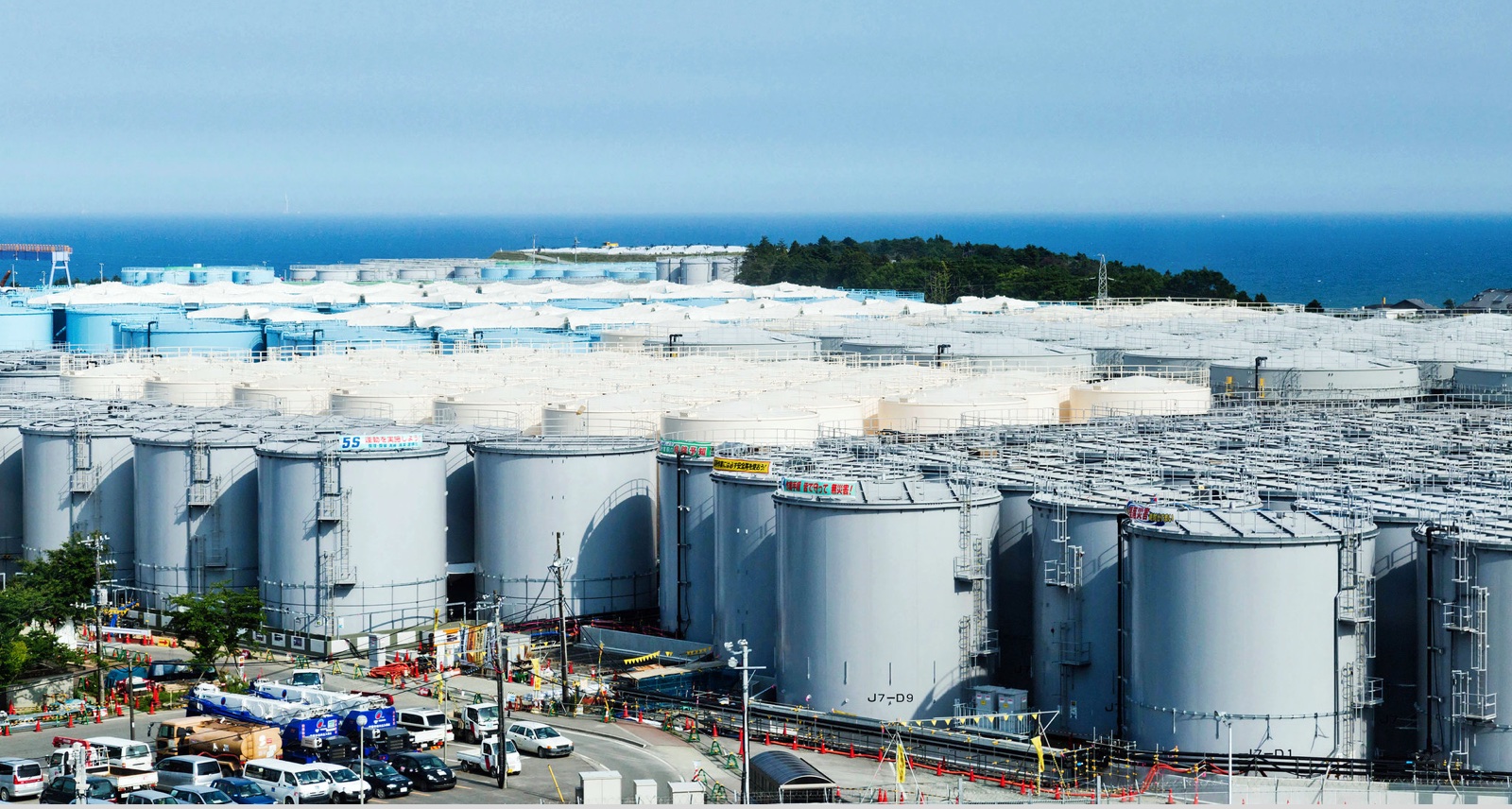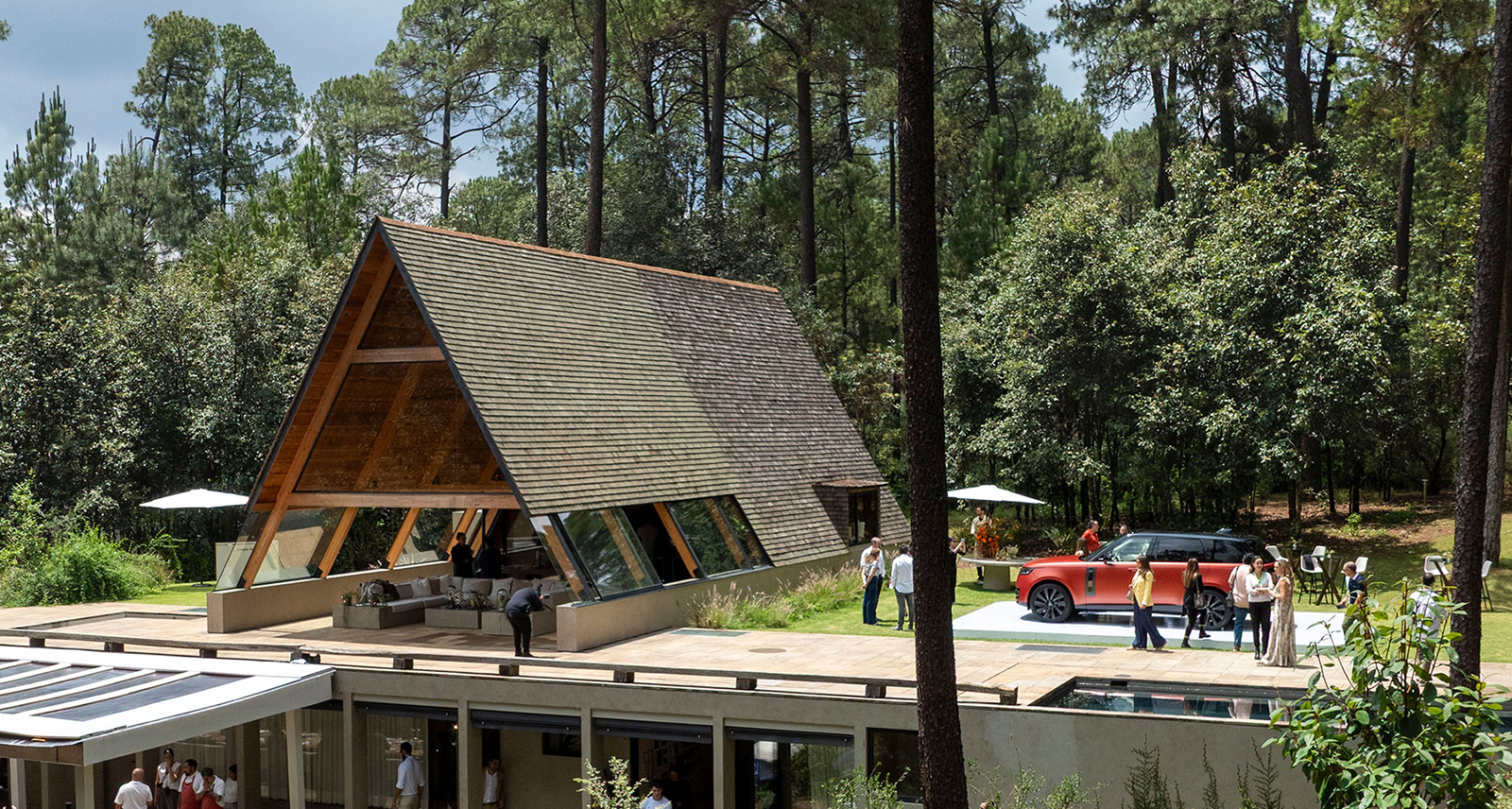Japan is Building a $320M Ice Wall Around Fukushima: What We’re Reading Today
The Daily 5 is Sharp’s essential reading list for what’s happening in the world today. Make sure to follow us on Twitter or subscribe to the Sharp Insider newsletter to stay up to date.
Here’s what we’re reading today:
1. Japan is building an underground ice wall around Fukushima
“Built by the central government at a cost of 35 billion yen, or some $320 million, the ice wall is intended to seal off the reactor buildings within a vast, rectangular-shaped barrier of man-made permafrost. If it becomes successfully operational as soon as this autumn, the frozen soil will act as a dam to block new groundwater from entering the buildings. It will also help stop leaks of radioactive water into the nearby Pacific Ocean, which have decreased significantly since the calamity but may be continuing.“
2. UN has paid tens of millions to Assad regime under Syria aid programme
“The UN has awarded contracts worth tens of millions of dollars to people closely associated with the Syrian president, Bashar al-Assad, as part of an aid programme that critics fear is increasingly at the whim of the government in Damascus, a Guardian investigation has found.
“Businessmen whose companies are under US and EU sanctions have been paid substantial sums by the UN mission, as have government departments and charities – including one set up by the president’s wife, Asma al-Assad, and another by his closest associate, Rami Makhlouf.”
For its part, the UN defends the assistance, saying it has to work with the regime in order to operate in Syria.
3. Two months of internet blackouts have taken a toll on Kashmir
“Kashmiris have been forced to live with regular curfews and military presence in their daily lives. Their mountain and valley homes have been caught in the crosshairs of border wars between India, Pakistan and China for decades. But in moments of peak violence the law enforcement in Kashmir has started wielding a new means of control: mobile and digital blackouts.”
For Motherboard, Ankita Rao looks at the new modern burden that the people of Kasmir are living with.
4. Why the high cost of big-city living is bad for everyone
“It’s hard to believe that anybody didn’t see the skyrocketing cost of housing coming in New York and San Francisco (and other cities around the globe like London, Singapore, and Washington, D.C.). But, in fact, for many years the conventional thinking pointed in the opposite direction. Urban planners saw growing cities as an overcrowded traffic puzzle. Later, it was said that the deterioration of old urban cores would push everyone who could afford it out to ‘edge cities.’ Most recently, we were promised that information tech and the virtual office would make cities largely unnecessary.”
The New Yorker‘s Mark Gimein explains why, basically, the exact opposite is what happened, and why that’s bad for everyone.
5. The myth of the Millennial as cultural rebel
“We have two popular historians to blame for our profound misunderstanding of young people’s lifestyle choices.”










